COMPETITIVE AND EQUITABLE THROUGH THE USE OF ADVANCED TECHNOLOGIES
Industry 4.0, also known as the fourth industrial revolution, refers to the connection of physical and digital systems in the manufacturing industry to enable automated and connected production. Some solutions for applying Industrie 4.0 in industrial production are:
Cyber-physical systems (CPS): these systems connect physical machines and equipment with digital technologies to improve data collection and analysis and increase process efficiency.
Internet of Things (IoT): IoT devices and sensors make it possible to collect and analyze data from machines and equipment in real time to enable better monitoring and control of production processes.
Artificial Intelligence (AI) and Machine Learning (ML): AI and ML technologies can be used to automatically optimize processes, make predictions, and make decisions.
Cloud computing: Cloud-based solutions enable data and applications to be stored and managed centrally, increasing the flexibility and scalability of production processes.
Additive manufacturing: Additive manufacturing technologies, such as 3D printing, make it possible to produce complex parts and components faster and more cost-effectively.
These solutions make it possible to increase the productivity and efficiency of production processes, improve product quality and reduce maintenance costs.
Technologies such as AR & VR, photorealistic rendering, real-time engineering simulation, graphical virtualization, and artificial intelligence (AI) are being used. Together, they contribute to an advanced product design workflow that enables manufacturers to develop innovative as well as highly differentiated products and remain competitive.
As these technologies become more prevalent, projects are becoming more complex and team members are increasingly working remotely, complicating workflow, communication and collaboration. Enabling teams to work efficiently and cost-effectively across multiple locations is critical to a company's success, and a new, streamlined way to address these challenges is needed to increase productivity, team collaboration, design review efficiency, and customer satisfaction.
Why use AI in medium-sized businesses?
INTELLIGENT NETWORKING OF
MAN, MACHINE AND INDUSTRIAL PROCESSES
MAN, MACHINE AND INDUSTRIAL PROCESSES
Digitization has arrived in industry and is developing rapidly. This offers enormous possibilities and opportunities, but it is also accompanied by risks and challenges. Topical issues include artificial intelligence, data protection and cybersecurity. The areas of education and training, work and leadership are also equally subject to the far-reaching changes and require new concepts.
In order to network data, it is important to first analyze and optimize processes. This is a time-consuming task, but one that pays off in retrospect. Only those who define in advance which data is relevant for the respective processes can avoid a digital data chaos.
However, it is also clear that the ever more far-reaching digitization of industrial value chains is creating both opportunities and challenges for companies.
Process optimization
Data management
Production planning
Production data acquisition in production
Data flow
Man and machine work hand-in-hand and form production systems within a company. Within these systems, all participants are constantly networked, exchange information and react flexibly to each other.
Before this vision can become reality, relevant processes must be analyzed and represented in a process model. This is the basis for digital data networking.
HOW NVIDIA'S VIRTUAL GPU TECHNOLOGY BOOSTS COLLABORATION, PRODUCTIVITY AND SECURITY
CREATION OF A MOBILE PRODUCT DESIGN
AND PLM PERSONAL WHILE SECURING DATA
AND PLM PERSONAL WHILE SECURING DATA
REAL-TIME, GRAPHICS-INTENSIVE COLLABORATION FOR GEOGRAPHICALLY DISPERSED TEAMS
BRILLIANT CAD AND PLM PERFORMANCE FOR PRODUCT DESIGN
AND ENGINEERING WORKFLOWS<
AND ENGINEERING WORKFLOWS<
CREATION OF NEW WORKFLOW OPPORTUNITIES
PRODUCT DESIGN
Conceptional Design
Design
Design Review
CAE
Marketing & Sales
GPU power is needed in all areas
GPU Rendering
- Physics-based rendering for real-time photorealistic design visualization
- interactivity with physics-based materials and lighting for predictable model visualization
- Faster iteration to explore more options
- Rapid creation of cinema-quality marketing materials
AI
- Generative design software
- AI-assisted denoising of renderings
- Collaborative robots for product manufacturing
- Quality control on the production line with deep learning
AR/VR
- Immersive design workflows for better decision making - Improved design reviews
- Intuitive product ergonomics assessment
- Earlier identification of costly design flaws
- Production/assembly training
SIMULATION
- Real-time engineering simulation for early model evaluation
- rapid testing of viable design changes
- more iterations on designs before final validation
- Complex CAE accelerated with Quadro GPUs with twice the accuracy
VIRTUALIZATION
- Verbesserte Mobilität zur Steigerung der Produktivität und Ermöglichung globaler Zusammenarbeit
- Versionskontrolle von Daten zur Minimierung von Fehlern bei mehreren Mitwirkenden
- 3D-Grafiken für große Modelle und Datensätze
- Daten- und IP-Sicherheit zur Gewährleistung von Geschäftskontinuität und Notfallwiederherstellung
NVIDIA DATA CENTER GPU
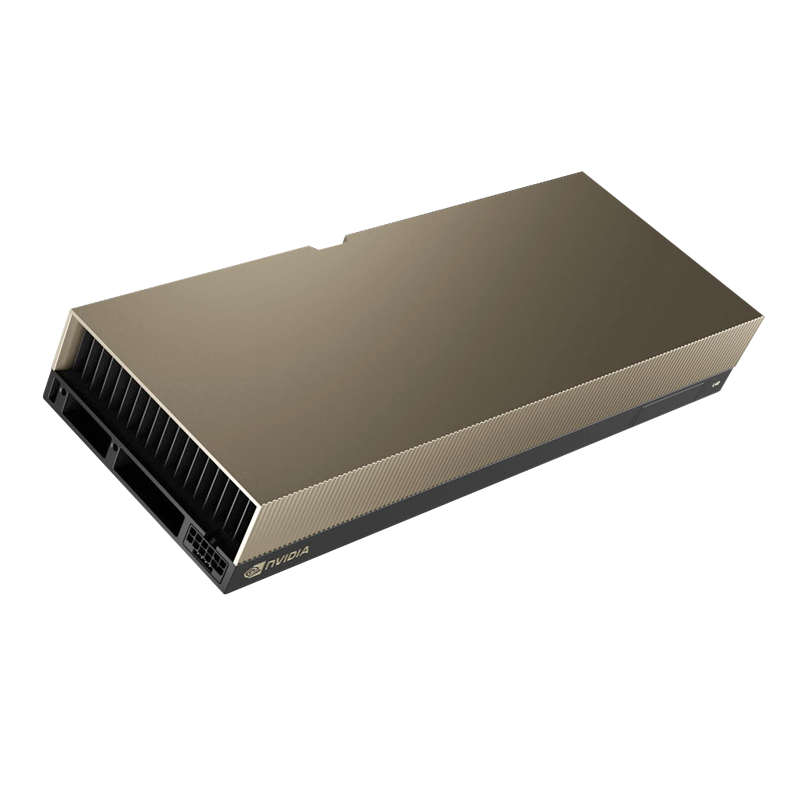 | 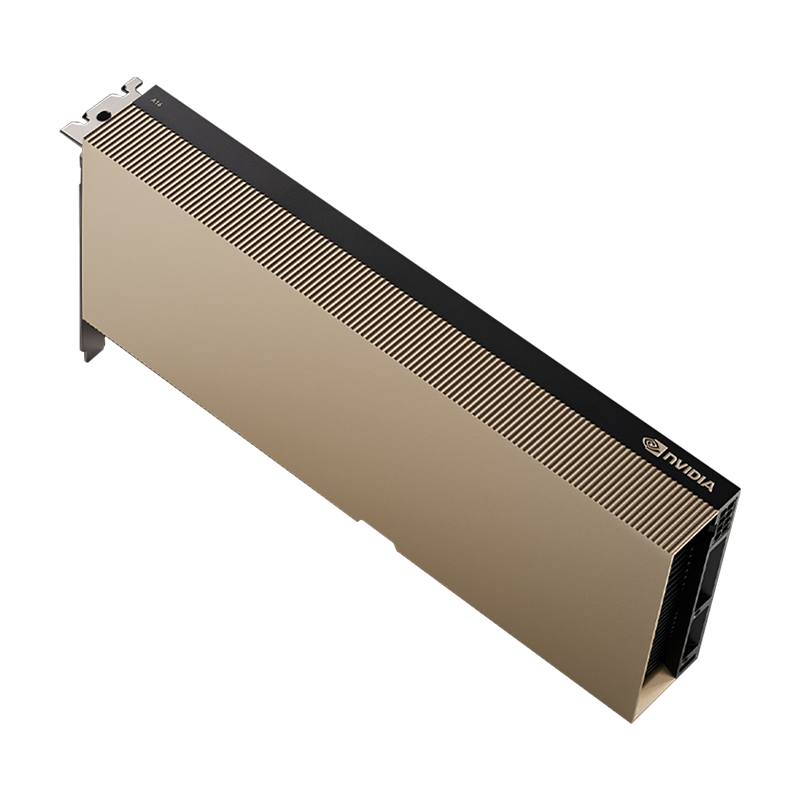 | 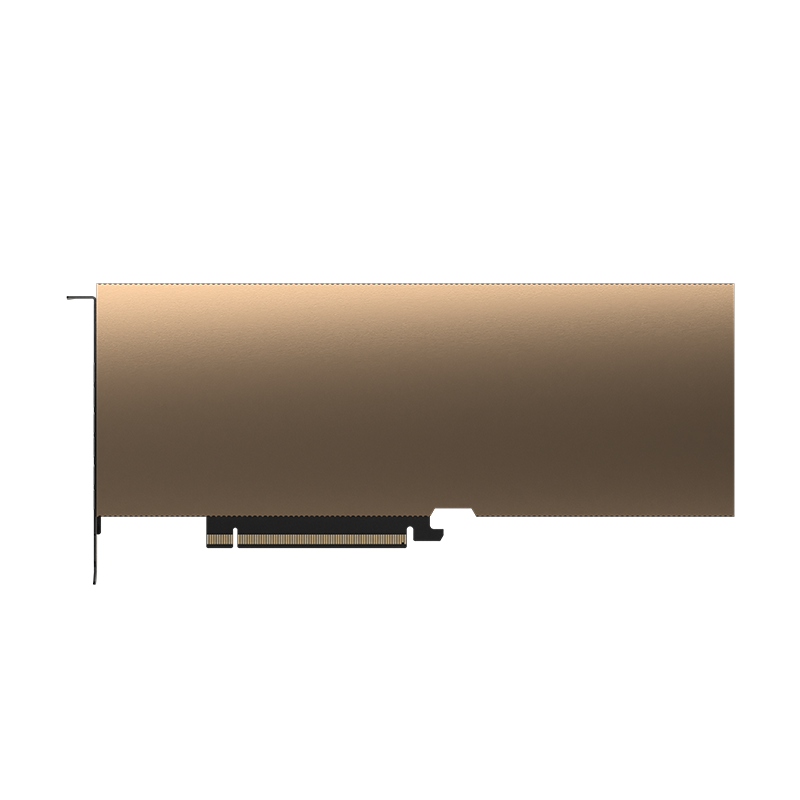 | 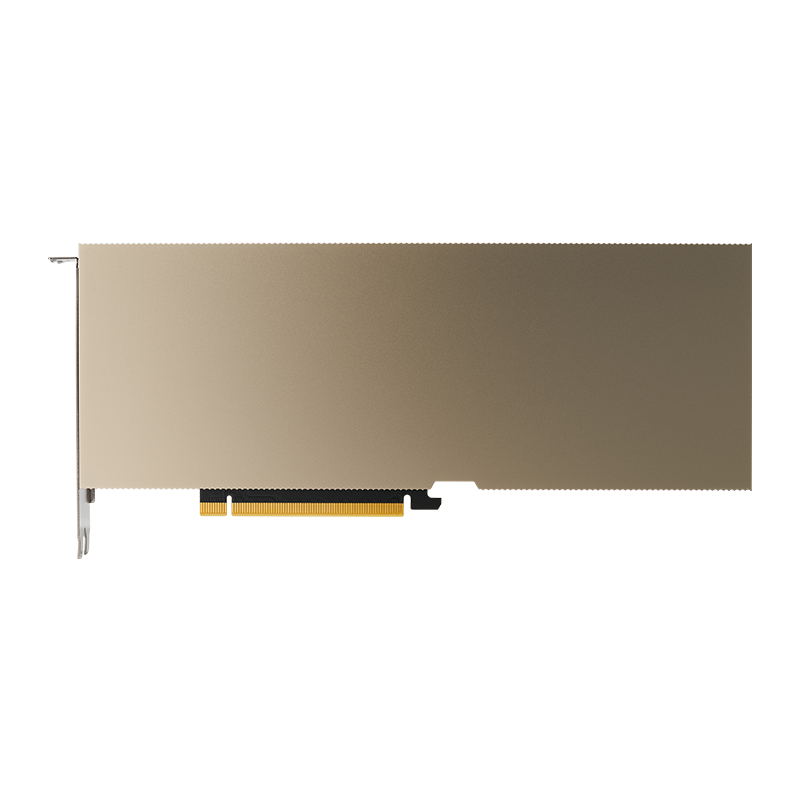 | 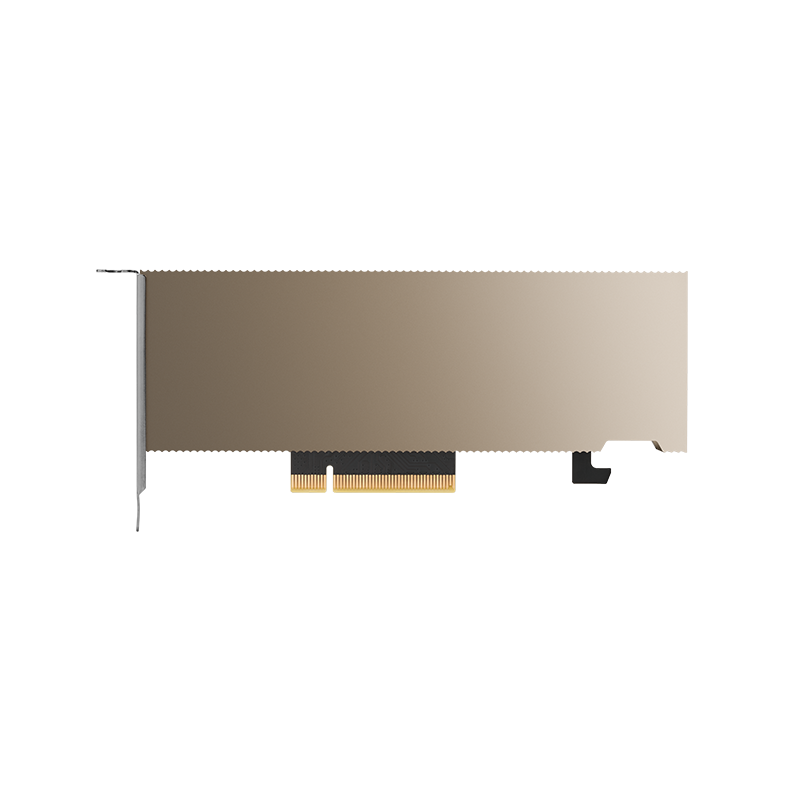 | |
|---|---|---|---|---|---|
GPU CARD | L40 | A16 | A40 | A30 | A2 |
Feature | Unprecedented Visual Computing Performance for the Data Center | Unparalleled ease of use and density for graphics-intensive VDI | Unprecedented acceleration for the world's most powerful flexible data centers | Versatile compute acceleration for mainstream enterprise servers | The world's most powerful data center GPU for visual computing |
Streaming Multiprocessors | 142 | 40 | 10 x 4 | 84 | 56 | 10 |
Tensor Cores | 568 | Gen 4 | 120 | 40 x 4 | 336 | 56 | 40 |
CUDA Cores | 18176 | 5120 | 1280 x 4 | 10,752 | 3804 | 2560 |
RayTracing Cores | 142| Gen 3 | 40 | 10 x 4 | 84 | 64 | 10 |
Texture Mapping Unit | 568 | 160| 40 x 4 | 336 | 224 | 40 |
Render Output Unit | 192 | 32 x 4 | 112 | 96 | 32 |
Base Clock (MHz) | 735 MHz | 885 MHz | 1305 MHz | 930 MHz | 1440 MHz |
Boost Clock (MHz) | 2490 MHz | 1695 MHz | 1740 MHz | 1440 MHz | 1770 MHz |
Memory Clock | 2250 MHz | 1812 MHz | 1812 MHz | 1215 MHz | 1563 MHz |
Total Video Memory | 48 GB GDDR6 | 16 GB GDDR6 x 4 (64 GB) | 48 GB GDDR6 | 24 GB GDDR6 | 16 GB GDDR6 |
Memory Interface | 384-bit | 128-bit x 4 | 384-bit | 384-bit | 128 bit |
Total Memory Bandwidth | 864.0 GB/s | 231.9 GB/s x 4 | 695.8 GB/s | 933.1 GB/s | 200.1 GB/s |
ECC Memory | Yes | Yes | Yes | Yes | Yes |
Pixel Rate | 478.1 GPixel/s | 54.24 x 4 GPixel/s | 194.9 GPixel/s | 138.2 GPixel/s | 56.64 GPixel/s |
Texture Rate | 1414 GTexel/s | 67.80 x 4 GTexel/s | 584.6 GTexel/s | 322.6 GTexel/s | 70.80 GTexel/s |
FP16 / FP32 / FP64 in TFLOPS | 90.52 / 90.52 / 1414 (GFLOPS) | 4.339 x 4 / 4.339 x 4 / 135.6 x 4 (GFLOPS) | 37.42 / 37.42 / 1,169 (GFLOPS) | 10.32 / 10.32 / 5.161 | 4.531 / 4.531 / 70.80 |
Fabrication Process | 4 nm | 8 nm | 8 nm | 7 nm | 8 nm |
Transistor Count | 76,300 million | - | 28,300 million | 54,200 million | - |
Connectors | 4x DisplayPort 1.4a | No outputs | 3x DisplayPort | No outputs | No outputs |
Form Factor | 4.4" H x 10.5" L | Dual Slot | Dual Slot | Dual Slot | Dual Slot | Single Slot |
Power Connectors | 1x 16-pin | 8-pin EPS | 8-pin EPS | 8-pin EPS | 8-pin EPS |
TO THE PRODUCT | L40 | A16 | A40 | A30 | A2 |
FAQ
QUESTIONS OFTEN
Nowadays, the term "Industry 4.0" covers new technologies that make it possible to network not only people and machines, but also things via the Internet. The "Internet of Things" is thus making its way into industrial value creation. This networking is taking place in real time and across company boundaries.
End-to-end networking allows manufacturers to respond more quickly and flexibly to customer wishes or to dovetail production and logistics more closely. For example, warehouse shelves can use sensors to report to the respective suppliers which compartment needs to be replenished when and with which material.
Customer requirements are becoming increasingly individualized and production cycles are becoming shorter and shorter. In addition, companies have to hold their own in the face of global competition. That is why it is so important to focus on Industry 4.0 in order to maintain or improve competitive positions.
Industry 4.0 is by no means just something for large companies. In order to remain competitive, small and medium-sized companies must also be able to react quickly to changes in the markets and meet the growing demands for individualization. For example, with Industrie 4.0 technologies it is possible to increase efficiency in production, reduce costs or save resources through greater networking. Such effects are also achievable through the use of smart technologies in the service sector and in the skilled trades, for example.
Which Industrie 4.0 technologies are suitable depends entirely on the goals of the company in question. Small and medium-sized companies in particular have already successfully demonstrated how great added value can be created with pragmatic digitization solutions.
Companies need a "digital strategy" so that the topic of "digitization" does not get lost in the general corporate strategy, but arrives at all levels in everyday business. The topic affects all areas of the company, from production and logistics to products, services and new business models. Only if digitization is approached strategically from the outset is it possible to achieve synergy effects between all company departments and make day-to-day business more effective.
The term "Industry 4.0" describes the technical and above all digitally driven transformation of operational processes as well as the development of new data-driven business models. The implementation in work organization, taking into account individual and societal developments and design needs, is reflected in the derived term Work 4.0. Mobile working, flexible working hours and new forms of human-robot cooperation are examples of this transformation.
The digitization and intelligent networking of technology, organization and people contains both rationalization and humanization potential. It enables machines or robots to take over more and more tasks from humans. These are typically tasks that a computer or machine can perform faster, more cheaply, more precisely and without fatigue. At the same time, improved assistance systems offer opportunities to actively design healthy and humane work. At the moment, it is not yet possible to clearly predict which work activities will change or disappear and how quickly. In any case, new jobs will be created in new or greatly changed occupational profiles. The constant change in the world of work demands that companies and employees be prepared to provide qualifications and lifelong learning.
It is important that companies understand the introduction of Industrie 4.0 technologies as a relevant topic in the first place and not just as a technical change as part of the continuous improvement process. This change process requires time, budget and resources. Change management means first and foremost communication or the inclusion of all those involved (employees, management personnel, works councils, etc.). Dialog in any form is the first priority. Concerns and fears must be actively addressed and discussed. Communication via the intranet, the company newspaper and other media are an important supplement to dialog. In addition, executives need the ability to see concerns not as a brake and inhibitor, but as an important building block in the change process. Constructive dialog often leads to even better solutions.
sysGen is your competent partner for the path to digitization.
